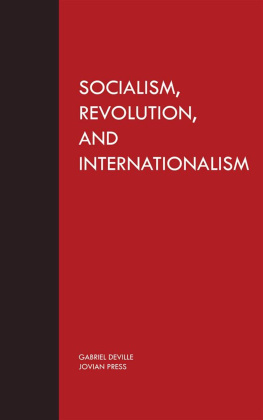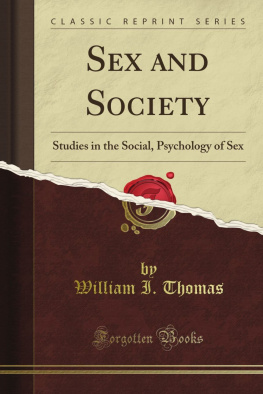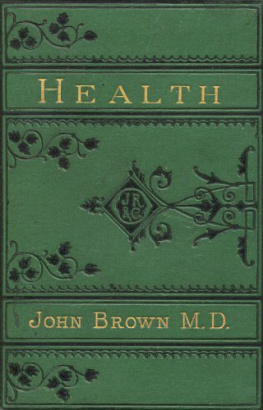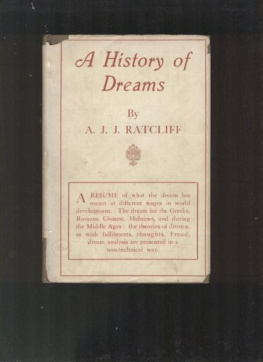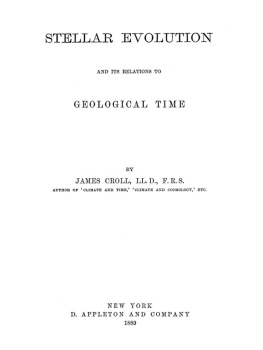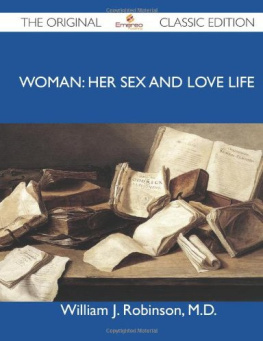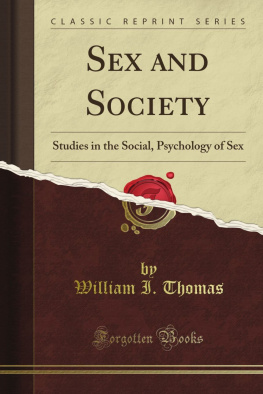TRANSCRIBERS NOTE
In the original text a narrative change from one battalion to another was indicated by some additional blank space. In this etext two blank lines similarly indicates this transition.
Footnote anchors are denoted by [number] , and the footnotes have been placed at the end of each chapter or section.
The original text had a dot under the superscripts; this dot has been removed in the etext.
Six town names with o ending have been changed to o for consistency.
The book title and author have been superimposed by the transcriber on the image of the original cover; this modified image is placed in the public domain.
A larger version of each map can be displayed by clicking on the map image.
Some other minor changes to the text are noted at the
A wish had long been entertained and often expressed by Riflemen, both by those serving in the Regiment and by those who had formerly served in it, that a detailed record of its services should be compiled. It was suggested to me by many of my friends that I should undertake this task. The will certainly was not wanting; but the ability to carry out their wish has not, I fear, been equal to their partial opinion, or to my own desire to do justice to the subject.
The materials for such a compilation were not wanting. The late Colonel Leach published a very brief sketch of the Services of the Regiment, and had it not been for the facts and dates preserved and recorded by Surtees, I should have found it difficult, if not impossible, to have given any detailed account of the actions of that Battalion in the Peninsula and at New Orleans. Though tinged with the peculiar religious opinions which Surtees adopted, and which perhaps scarcely have place in a military record, his work is written with a distinctness and in a style which do him honour. And the high character of the man which breathes through his work has led me to place every confidence in his statements.
Very different are Sir John Kincaids two books. These, though written in too jocular and light a strain for regular history (ad jocos forte propensior quam decet) contain many anecdotes and facts of which I have gladly availed myself. And I have found his dates and statements confirmed by other and more formal materials to which I had access.
Costellos little work has also afforded me much information; and he has recorded many circumstances unnoticed or lightly touched upon by others.
The Recollections of Rifleman Harris have also been of considerable service to me in compiling this record, especially as preserving many particulars, elsewhere unnoticed, of the retreat to Corunna and of the expedition to Walcheren. His editor, however, seems to have used the materials Harris wrote or dictated without any attempt at arrangement; so that it is difficult, and in some cases almost impossible, to disentangle the narrative, or to arrange the events he describes in chronological order.
The valuable List of the Officers of the Regiment, compiled by Mr. Stooks Smith, has also been of much use to me; and I have to thank that gentleman for some additional information, and for permission to republish that list with continuation to the present time, of which I hope at some future period to avail myself.
Nor can I close this list of printed works bearing on the history of the Regiment without mentioning the Recollections of a Riflemans Wife, by Mrs. Fitzmaurice, to which I am indebted for many facts and anecdotes, many of them especially valuable because they relate to the less stirring times of peace; nor without expressing my thanks for her permission to use the materials she has thus preserved.
When I proceed to acknowledge the personal recollections and the journals of services in the Regiment which have been placed at my disposal, I scarcely know how adequately to express my obligations to those who have aided me. Everyone who has worn the green jacket, from Generals to private Riflemen, to whom I have applied, or who has heard of my endeavour to preserve a record of the services of the Regiment, has, almost without exception, most kindly placed journals and letters in my hands, or assisted me by personal reminiscences.
The aid of my friend Lieutenant-General Sir Alfred Horsford procured for me the transcript of many valuable records and the elucidation of many points which I could not otherwise have obtained. Lieutenant-General Sir Arthur Lawrence not only communicated to me many particulars of the services of the 2nd Battalion in the Crimea, but placed in my hands his private letters written from thence, which afforded me most valuable information. Major-General Hill was so good as to draw up for me a detailed statement of the services of the 2nd Battalion, which he commanded during the Indian Mutiny. To Major-General Leicester Smyth I am indebted not only for a narrative of the battle of Berea, but also for the perusal of a private letter written by him directly after, and describing that engagement, and for much valuable information. By permission of Brigadier-General Ross, Lady Ross transmitted to me his letters to his family both from the Crimea and from India, to the perusal of which I cannot attach too great importance.
Colonel Smith, now I believe the oldest officer of the Regiment living, has freely and kindly communicated to me his recollections of services in the Peninsula and elsewhere, and has patiently borne with my many enquiries which his accurate memory has enabled him to answer. To Colonel Dillon I am indebted for much valuable information which he kindly obtained for me. Lieutenant-Colonel Alexander was so good as to write out for me from his journals a detailed account of the movements and actions of the 3rd Battalion in India, in which he took part. Lieutenant-Colonel Sotheby had the kindness to transcribe for me his journal during the Indian Mutiny, and to illustrate it with sketch-maps. Lieutenant-Colonel FitzRoy Fremantle, Lieutenant-Colonel Eyre, Captain Percival, Captain George Curzon, and Major Harvey placed in my hands their valuable journals and diaries. Colonel H. Newdigate and Captain Austin favoured me with detailed and important particulars as to the services of the companies of Riflemen who formed the Camel Corps. To Lieutenant-Colonel Green I am indebted for his own narrative and that of Mr. Mansel (drawn up at the time) of the affair at Jamo in which he was so desperately wounded. I have to thank Captain Boyle for allowing me to see his continuation to the year 1860 of Mr. Stooks Smiths List of Officers, and for much other information. To Captain Moorsom I am under great obligations, not only for the three plans (of New Orleans, of Cawnpore, and of Lucknow) which he has contributed to this work, but for materially aiding me in obtaining important information. And to Surgeon-Major Reade I am indebted for an accurate and interesting account of the march to Cawnpore of Colonel Fyers detachment, to which he was attached.


